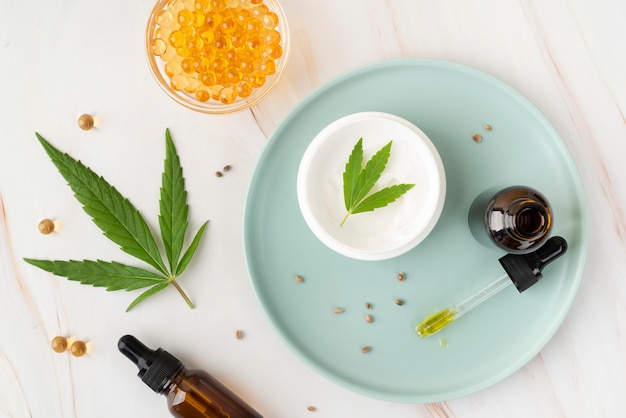Cannabis has historically been used to boost sexual stimulation. According to the National Commission on Marijuana and Drugs, 44% of marijuana users said it increased their sex drive, while more than two-thirds reported enhanced sexual desire. However, certain users also experienced sexual dysfunction due to cannabis. Just like any other substance, marijuana can lead to dependency, addiction, or substance use disorder (SUD).
THC, the active ingredient in cannabis, can induce relaxation and stress relief, potentially enhancing the sexual experience. However, it can also cause sleepiness, dull senses, and feelings of disconnection, possibly detracting from sexual focus and arousal.
In men, marijuana might trigger or exacerbate sexual dysfunction. Frequent marijuana use has been linked to low testosterone, reduced libido, lower sperm count, difficulty reaching orgasm, erectile dysfunction (ED), and premature ejaculation (PE). While initial arousal might be spiked, this effect often does not last.
In contrast, many women report heightened touch sensitivity and stronger physical bonds with their partners after regular marijuana use. Many women also report higher overall satisfaction, increased desire, more intense orgasms, and reduced vaginal pain after smoking marijuana.
Despite the benefits, there’s also a risk of developing cannabis use disorder (CUD), where users continue to use marijuana despite its negative effects. Symptoms include irritation, restlessness, insomnia, and hot flashes upon stopping use. About 10% of new users fall into addiction within a month, while 30% of all current users meet the criteria for addiction.
Treatments for CUD include cognitive-behavioral therapy (CBT), motivation enhancement therapy (MET), and contingency management (CM). In cases of co-occurring substance use and mental health issues, dual diagnosis treatment may be necessary. If marijuana use is negatively affecting your life or sex life, reaching out to a healthcare professional, such as a drug addiction expert, is advised.

